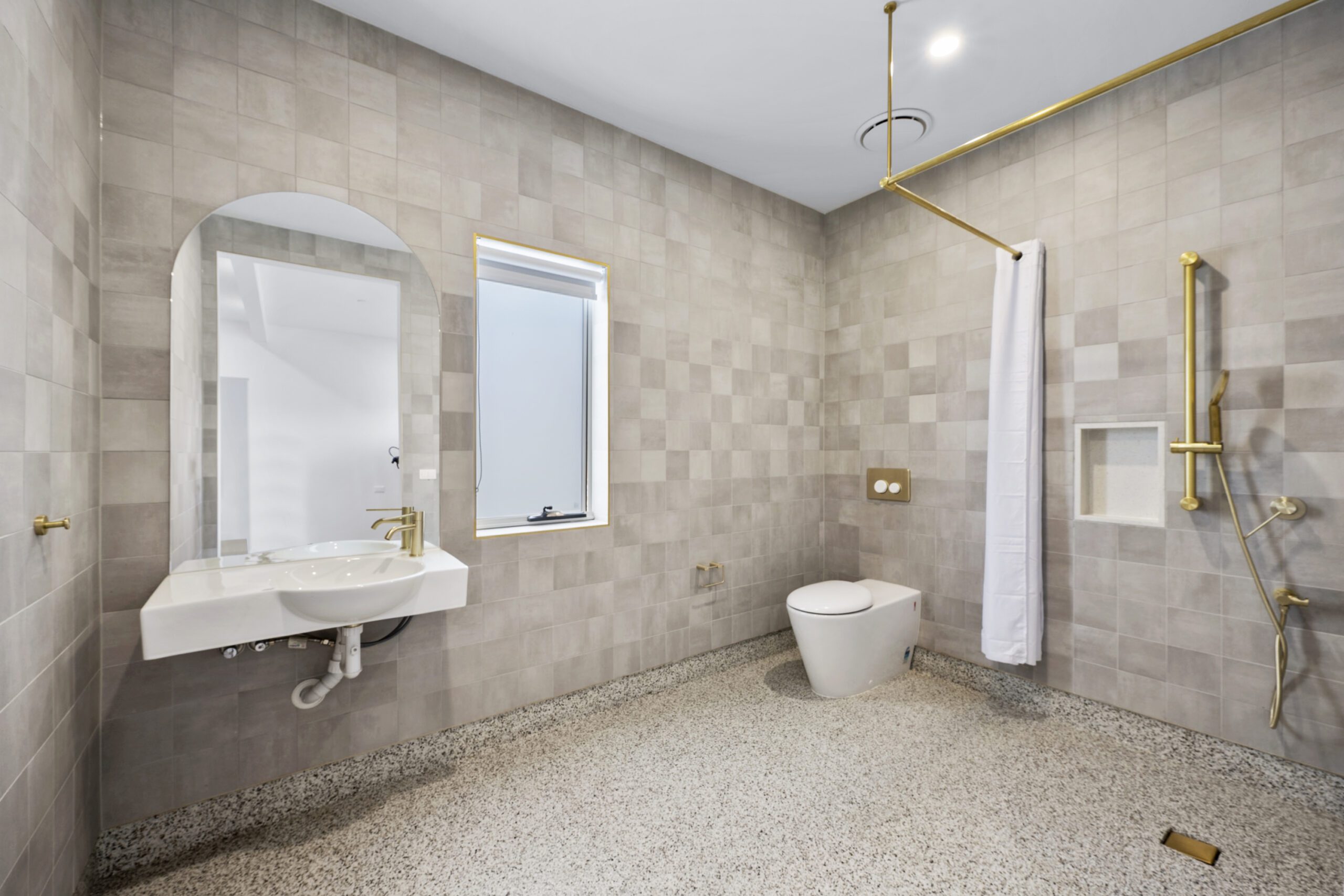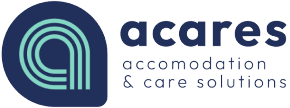Steps in SDA process after a participants’ received approved funding in their plan
Based on advice from NDIS, SDA providers and participants need to follow these steps:-
Helpful tip:- try to make sure the participant has enough funding for support coordination and OT in their plan prior to commencing this process given they can absorb quite a chunk of that funding
Remember to give the SIL provider as much time as possible to organise your ROC (Roster of Care), they will be able to inform you, your support coordinator or OT as to when to commence this step
1.Early on in the process SDA providers need to be proactive by ensuring that a participant actually has the correct amount of approved SDA funding in their plan, this can be obtained through their support coordinator, ideally this step should be done prior to them applying for or touring a dwelling they’re interested in
2.SDA providers are responsible to obtain the quote which has to be submitted to NDIS for approval, providers need to give the participants support coordinator (if they have one) a copy of the quote also so they can follow up on its progress, providers don’t conduct follow ups, primarily this is done by support coordinators (make sure you allow a while for NDIS to approve the quote)
3.No participants are allowed to move into any dwellings until the NDIA delegate has approved their SDA quote
4.Early on in the process it’s advisable to check in your plan to ensure you have approved funding for OOA (Onsite Shared Supports), support coordinator can assist with this
How is this funded through an NDIS plan?
These are two options when it comes to funding OSS contributions.
Our recommendation is to discuss applying for the OSS support line item with your plan manager – this will be claimed directly from the on-site provider weekly and can only be used for this specific model.
Alternatively, your core funding can be claimed weekly for the same amount.
Onsite shared supports in SDA
This support item assists SDA-eligible participants living in an SDA-enrolled dwelling where onsite shared support arrangements are in place.
This support item provides access to 24/7 assistance for unplanned supports that are not part of a participant’s routine daily activities. It includes ad hoc assistance to a participants where incidental or unplanned assistance is required within the SDA dwelling. as a guide, the support provided should not exceed an average of 2.5 hours of direct person-to-person support per day. A participant must be able to wait up to 1 hour for unplanned assistance.
This support item can be delivered to individual participants subject to the rules in this NDIS pricing arrangements and price limits. It should only be used if it is a stated item in a plan.

5.The OT needs to conduct a site visit with the participant to work out what disability-related customisations are required, then write a report to give to the SDA provider and support coordinator, the support coordinator will then send it to the NDIS for approval and give the provider a copy of the confirmation from NDIS for their records, ideally it’s the support coordinators role to follow up on the progress of this and then to provide an update to the provider when requested
6.No customisations can be installed or purchased by a provider until the NDIA delegate has approved the Home Modification budget and put those dollars into the participants plan because that approved funding amount determines the budget the provider has to work with; it must be done this way because you’re never guaranteed that the NDIA will even approve a quote.
7.The NDIS will assess the suitability of the property and provide feedback
Grab rails in bathrooms in High Physical Support and Fully Accessible category have to be installed and paid for by the provider as they are part of the SDA design standard, • Vertical support grab rail (7.1.7) as mentioned on page 13 of SDA Consulting Specialist Disability Accommodation Assessment Checklist, the picture below clearly shows the vertical support grab rail

“If you need home modifications you should talk with your planner, local area coordinator or early childhood partner. The kind of evidence you need to give us to help us decide if we can fund your home modification depends if it’s minor or complex. We need to review your home and living needs before we can fund home modifications. You shouldn’t spend any money on home modification supports before they are funded in your plan if you want us to fund them. In some situations, other home and living supports or assistive technology may be more appropriate for you”
The information above outlines that the Agency need to review the application before home modifications can be funded and no money should be spent until the funding has been approved.
The support coordinator or the participant will be notified via email (not the provider) when the delegate has approved the Home Modification Budget, the support coordinator will then notify the provider of the delegate’s outcome
8.The approved Home Modifications need to be installed before the participant moves into the dwelling, They need to be completed before the signing of the lease and the service agreement
Helpful tip:- The participant and their OT should visit the dwelling prior to signing the lease to ensure all the home modifications have been installed correctly and importantly the participant can use them
9.It is important that a participant doesn’t sign a legal binding document (lease) until the NDIS has approved the SDA property to be funded by the plan and the recommended customisations have also been approved by NDIA delegate and then put into the participants plan because that approved funding will determine the Home Modification Budget the provider has to work with
Helpful tip:- Never sign a lease until you’ve checked everything in the dwelling is working properly, a recommendation would be to have someone accompany you to make sure nothing is accidently overlooked. Arrange a meeting with the provider (prior to the lease signing) to discuss the expected timeframe of when you will be moving in, you should bring a person to support you throughout the meeting
Please try to remember:- After you’ve signed the lease make sure you ask to receive a copy of everything you’ve signed for your records, ideally your support coordinator should receive a copy of the signed and dated service agreement to put on your file
10.SDA providers can’t start claiming any payment until the participant is living in the dwelling and there’s a service agreement in place, not from the time the participant signs the lease
The below wording is from NDIS website on page titled ‘SDA Pricing and Payments’
Income from SDA dwellings
SDA income is sourced from the NDIS participant plan. The claim for payment does not commence until the participant resides in the SDA dwelling and there is a service agreement in place between the SDA provider and the participant.
The NDIS does not “place” or “match” participants to an SDA dwelling; it remains the choice of the participant as to where they live.
11.Check with NDIS to see whether you may be eligible for any funding assistance with removalists, if the participant is plan managed their plan manager may be able to contact NDIS to ask this question on their behalf, having your OT provide supporting evidence about your situation may assist NDIS to work out whether it fits in the ‘value for money’ and ‘reasonable and necessary’ categories
The most important thing is you check with us before you move. We need to assess your situation first.
Usually we won’t fund the costs of moving house, unless we decide its value for money and it’s the most effective way to meet your disability support needs. This is because everyone has to pay moving costs, whether or not they have a disability.
12.Only after both quotes (SDA and customisation) have been approved by NDIS and all other necessary paperwork is completed, then the participant is expected to move into the property within an agreed time frame.

